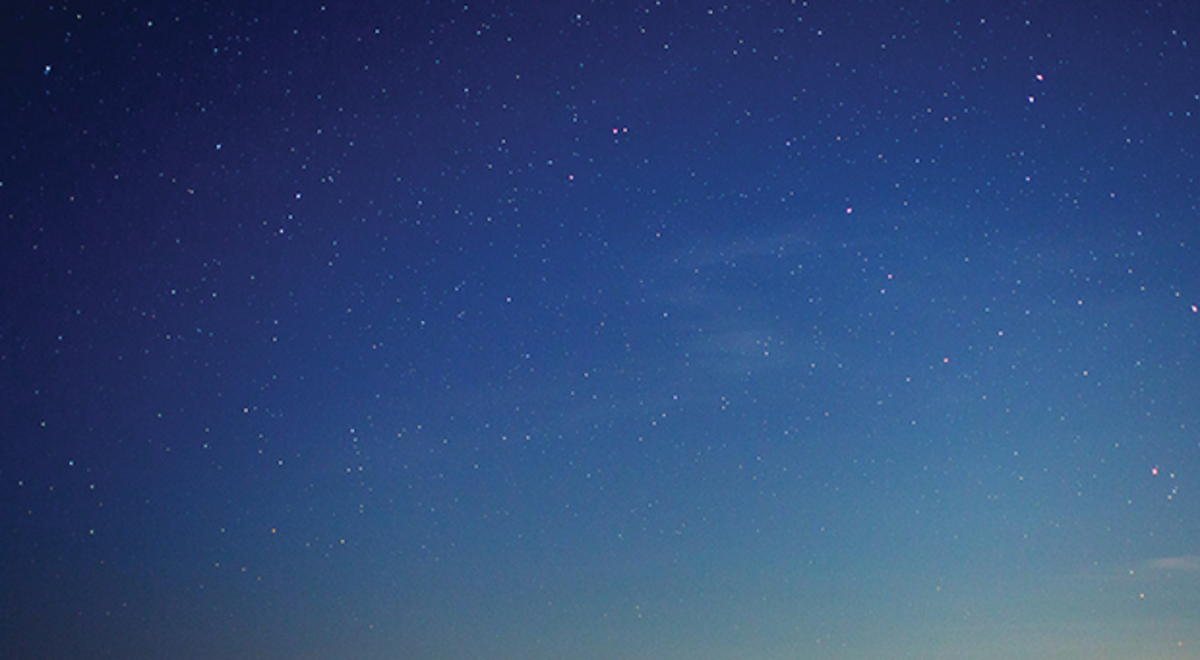You’re reading Chapter 4 of our #BestTravelStoryEver series, featuring adventures from our very own Flighties.
It felt like Avatar on the Iwahig River.
The evening air was soothing, humid and still. The odd breeze sighed through the Philippine jungle and cooled the air between the palm trees and banana plants for slow, long moments at a time.
The afternoon turned into night in the blink of an eye.
The temperature cooled by only a few degrees.
Tokay geckos, named after the sound they make, provided echolocation and a geographical context that helped map out our pitch-black surroundings.
Standing on a dock next to a single lantern hanging from a post, my two girlfriends and I descended into the darkness and boarded our vessel, a deep narrow outrigger with two sets of skinny beams arched out in the front and back like spider legs on skis – a bangka.
We walked across the bow one step at a time toward our seats with clumsy acrobatic conviction holding on to a shoreman’s hand and took our seats while the boat guide, seated in the last row, anchored us steady. I sat down, and the extra length of my oversized life vest pushed upward. It rested around my chin like a neck brace. I was grinning ear to ear.
And then we were off on our expedition. We set out along the Iwahig River to witness the exciting life and habitat of Lampyridae – fireflies, to the layman.
Our guide pushed the boat off from the dock, and in one short jolt, we drifted further away from the lantern. The collective aroma of our mosquito repellent gently blew off us. I was seated in the front row. The further we paddled into the darkness, the brighter the night sky became.
We were soon sitting under a canopy of constellations, shooting stars, and bright planets set against a velvety black sky.
Our boat guide turned our attention to the river, sleepy, peaceful and present only by sound. He slowly swept the boat paddle through the water, and we watched the black river light up underneath us. Billions of iridescent, bioluminescent plankton twinkled before fading like an underwater shooting star.
Without missing a beat, the boat guide, like a conductor, pointed at the bank where a tree lit up bright with hundreds of neon lime green dots. My expression was lost under my life vest, but my eyebrows – suddenly raised – were not.
Fireflies glow for one of two reasons, he explained, pointing out the stars and constellations overhead— Sirius the brightest star, Polaris the North Star, Leo, and the Big Dipper.
The first reason is it’s the firefly’s defence mechanism. The firefly is wise in that it understands its strength in numbers. When fireflies detect a predator, they light up to look larger and to scare them away.
He kept on paddling. He pointed out the Southern Cross.
The second reason is to help females determine who would make the best mate. Females consider males with the brightest bulbs to be the Brad Pitts of fireflies, that is the most handsome, of course.
Our boat guide turned back. The bioluminescence continued to appear in small waves as we moved away from the pitch black. Leaves rustled here and there with every warm breeze. We paddled back toward the lantern.
I’m not sure how my two girlfriends and the boat guide would feel about it, but this was the most romantic night of my life. The darkness of the night would hide any evidence that I cried (spoiler alert: I did), but if you were suddenly in the middle of the scene in The Little Mermaid, where Sebastian and Flounder serenade Ariel, singing Kiss the Girl to Prince Eric, you would, too. (Or, not.)






